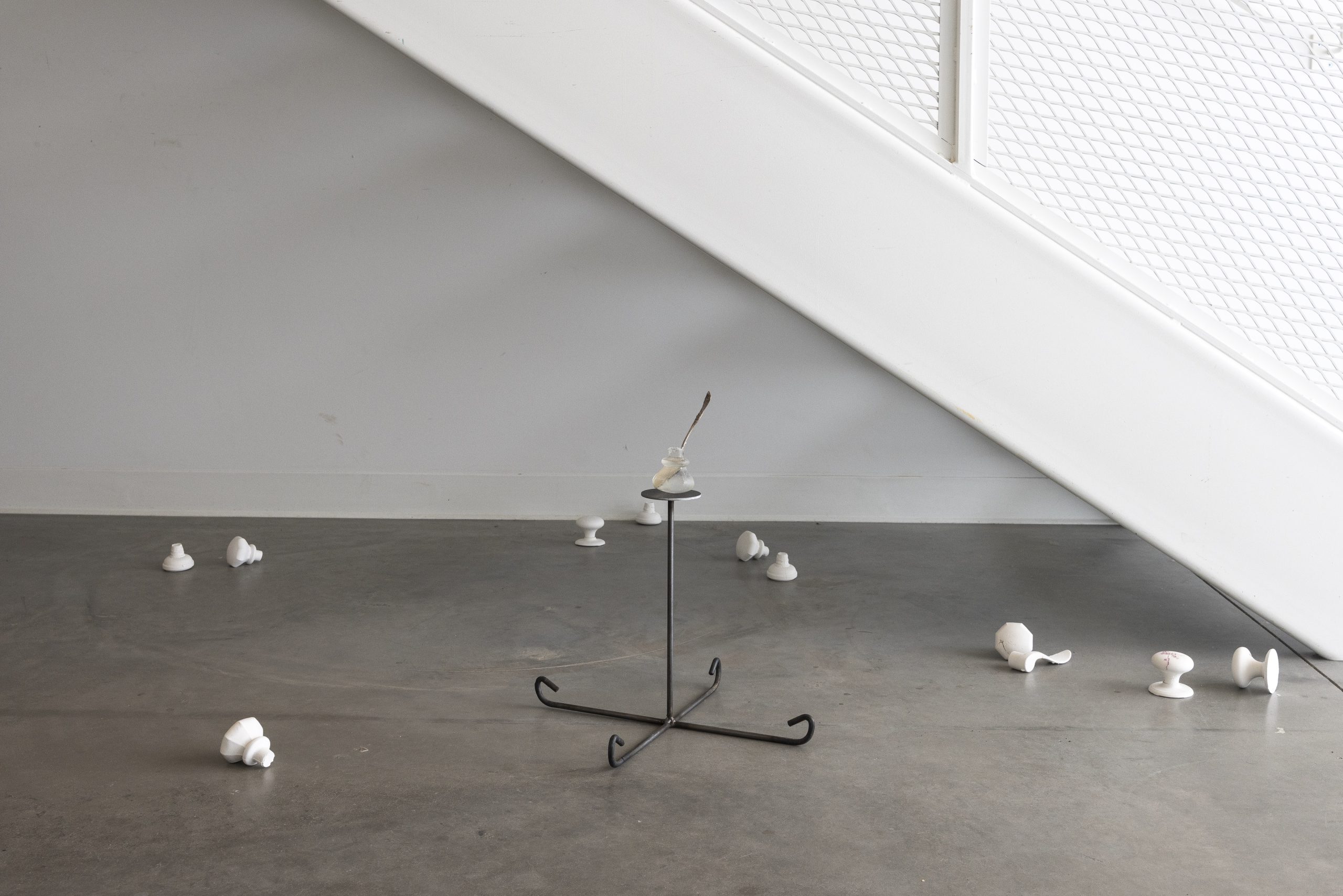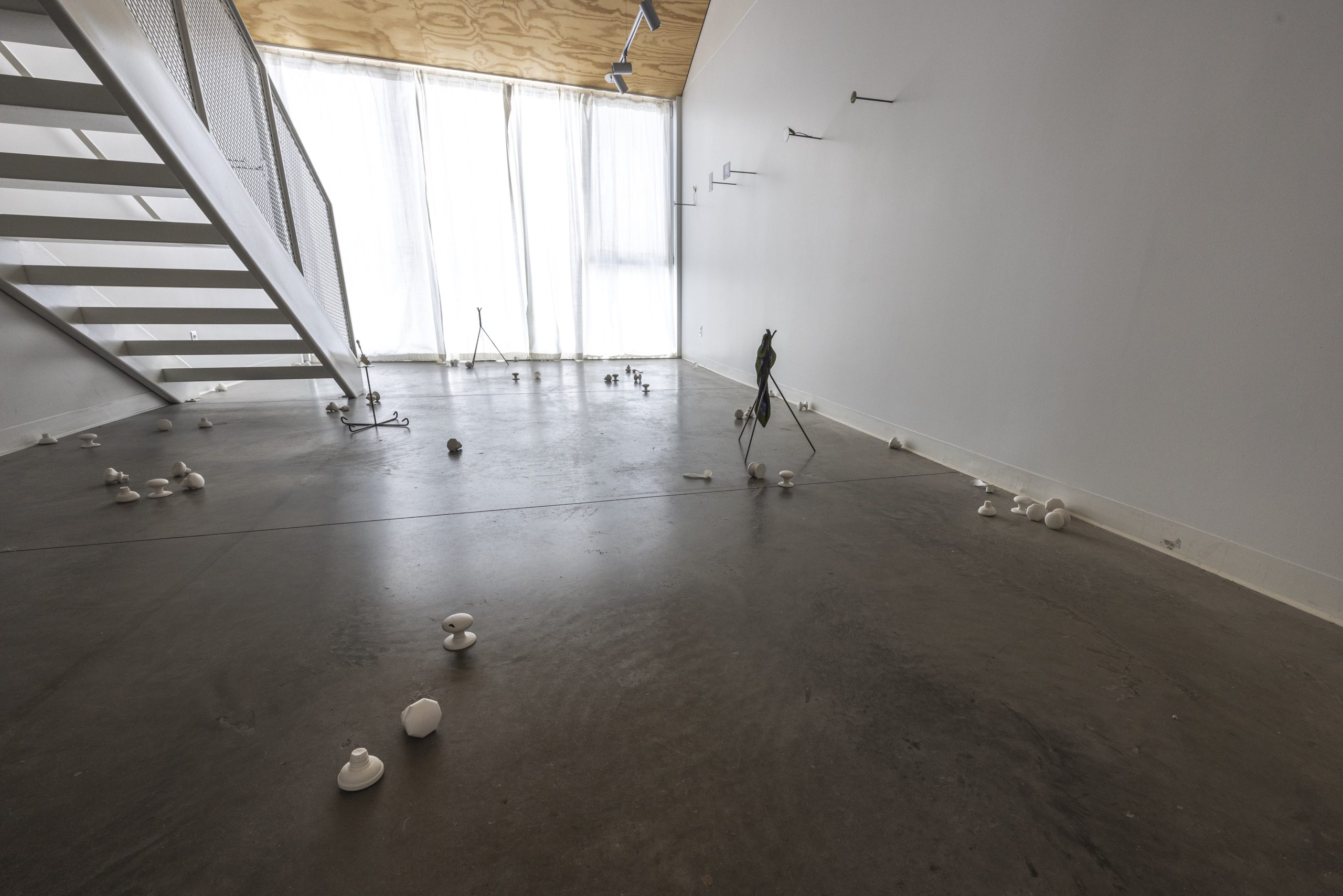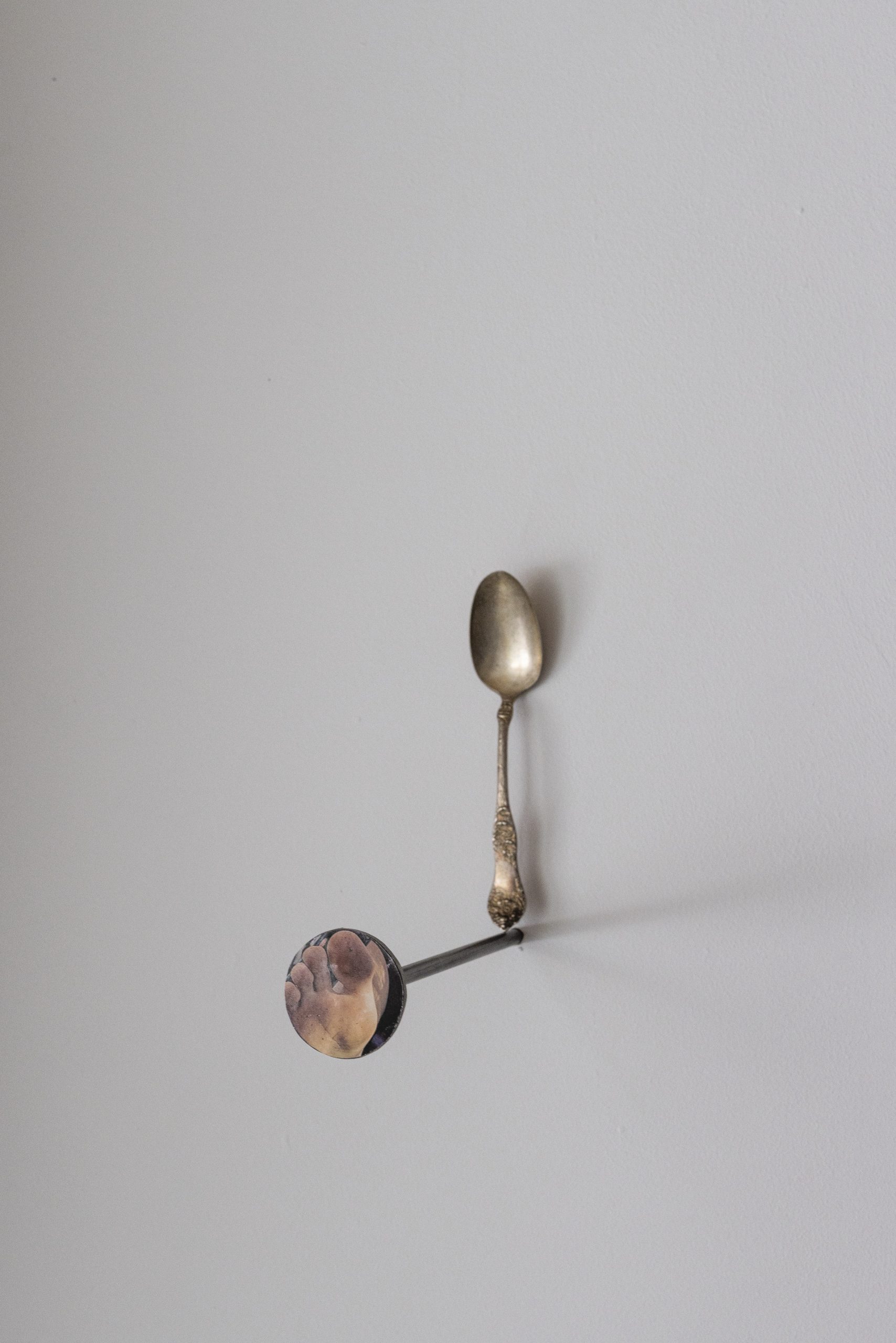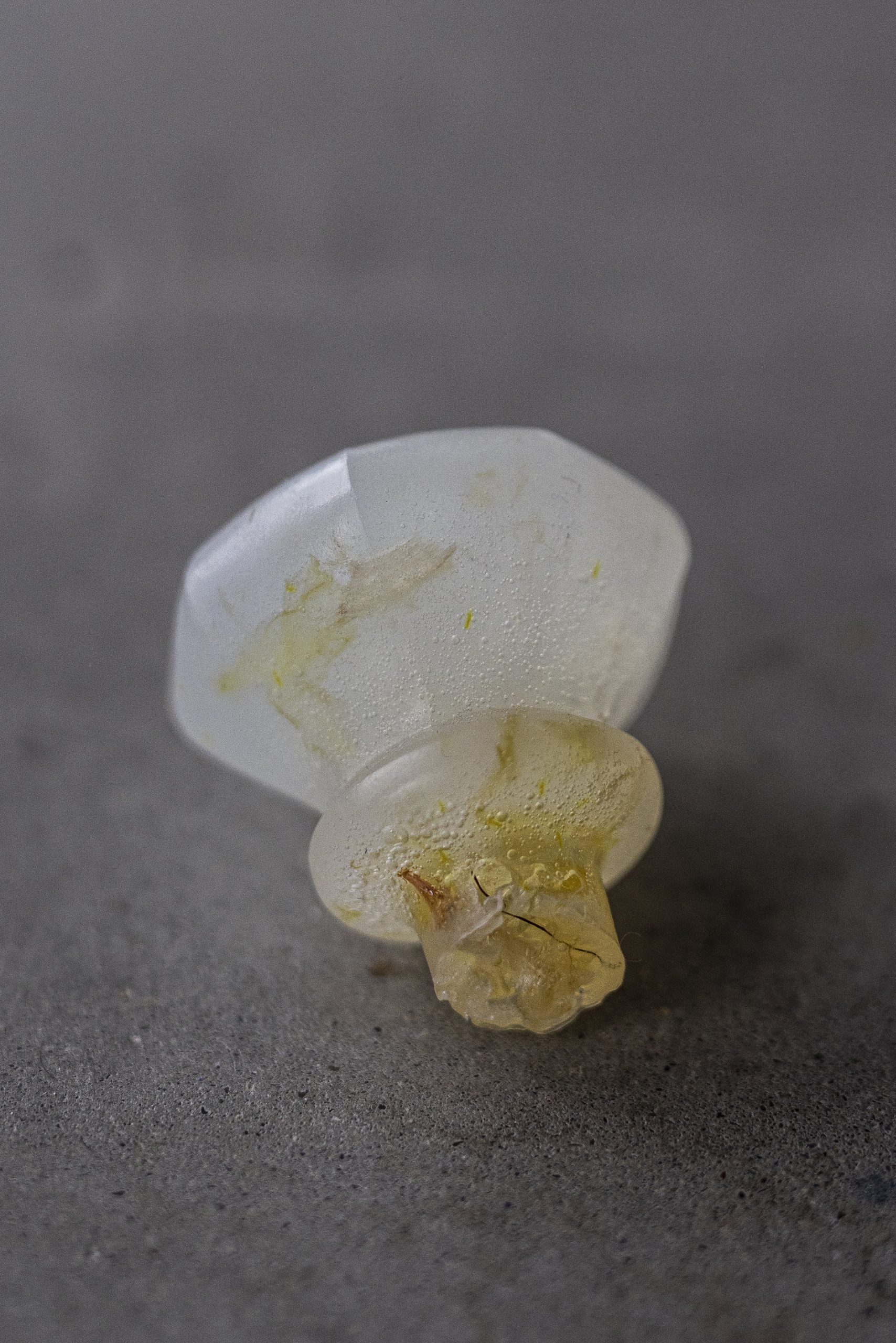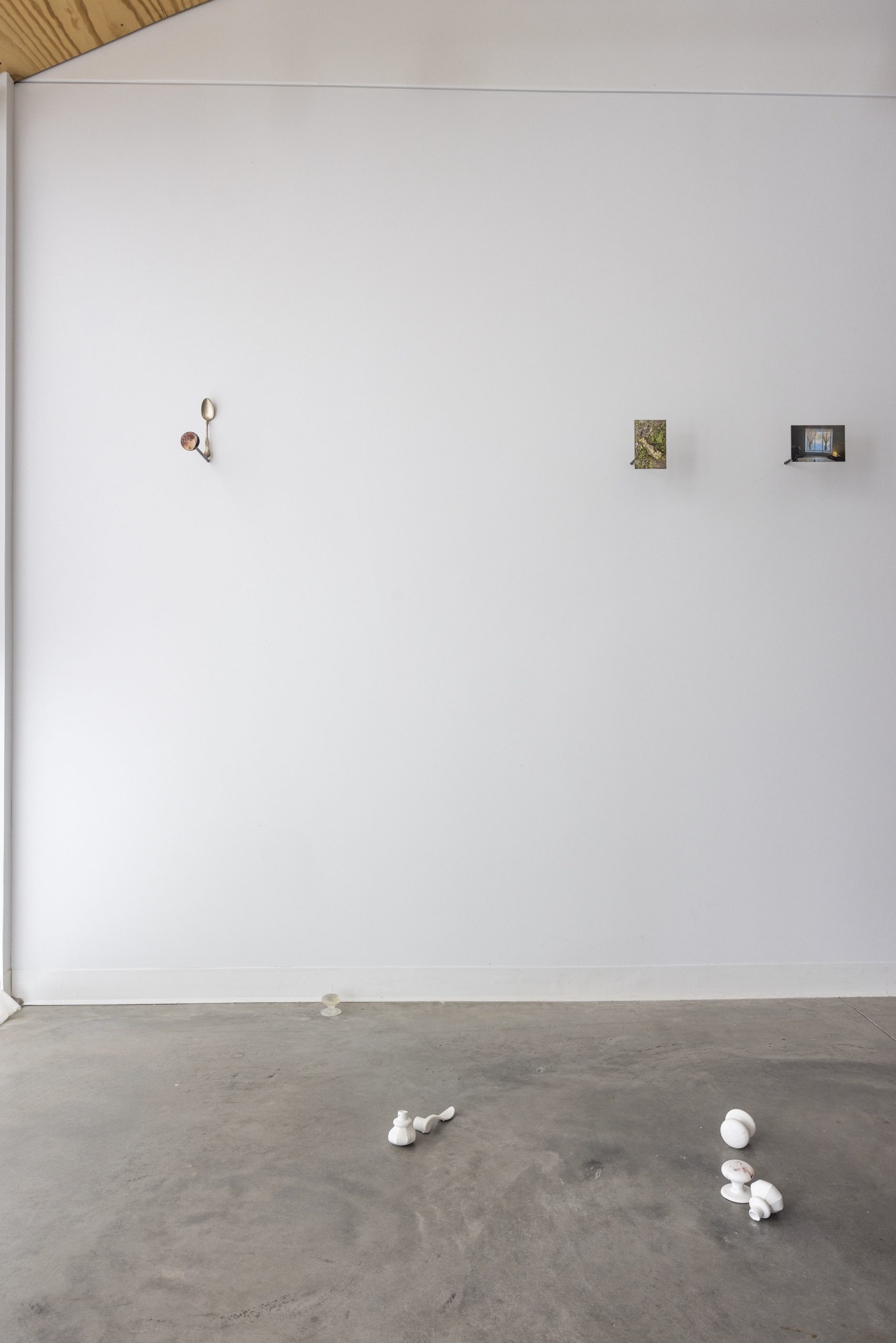B. Brookbank
Testimony
B. Brookbank’s approach calls upon photography as a conceptual basis for probing our capacity to perceive the intangible in the tangible. Drawing on art traditions of observation of reality – landscape, still life, and studies from the live model – through photographs, sculptures, and video, he usually seeks to represent the body and its absence through fragments and m manifestations. Although he has long strived to capture what he calls “the emotional everyday,” he arrived at ENE after undergoing a period of upheaval in his personal life, marked by an entanglement of emotional connections and the fate of material things. This still-vivid experience of emotions and images duly demanded an introspective space for creation in solitary.
During the residency, Brookbank simultaneously developed three groupings of visual experiments, presentation of which in the studio sketched out an installation as he usually conceives them. These works explore, in a way that is new for him, the techniques of casting and of welding metal, by putting them in dialogue with a pre-existing, though never before shown, group of photographs.
⁂
Laid out on the floor, white and translucid door knobs refract the light from the large windows into spectra. We have to advance carefully among these shapes. They are like tears that have fallen in a house with invisible walls. When we kneel down to examine them, we catch a glimpse, in some of them, of dried flowers, cut hairs, and other things.
In the midst of these objects stand three rustic-looking metallic tripods that vaguely resemble furniture. They are individualized by minimal variations: on one lies a lock of long hair; a silk handkerchief another is knotted around another one; on the third sits an upside-down transparent door knob, a silver spoon affixed to its edge as if inside a bowl.
At eye level on the walls, small images arrange visual openings in the space, as if we were looking at hidden spyholes in a door. A horse’s eye behind the veil of its long eyelashes, a pink nipple enhaloed in soft hairs, an apple core overrun with ants, a sick cat, the view from a window onto a blue winter landscape – a series of details that, though ordinary, transfix us.
⁂
How did the things come to be where we find them? Drawing on the photographic potential of sculpture, the research that Brookbank has begun in residency summons the imprint for both its symbolic and phenomenological dimensions. The technique of casting as (almost) a direct transfer from one form to another denotes a deeply romantic desire for memory and preservation. The substances – plaster and soap – chosen for casting the door knobs endow these otherwise banal objects with sensuality. And contained in their artistic and domestic genealogies is a significant relationship with the body, with care, grace, and fragility. Each of these media ensembles is based on a material source that Brookbank drew from pieces of his personal life. However, abstraction (operations of multiplication, deconstruction, fragmentation) protect the fundamental specificity of the materials to encourage a semantic openness that is presented, in their reception, cloaked in delicate surrealism. This investigation of the visible is rooted in puncta of the everyday: the nonlinear, labyrinthine narrativity offered to viewers leads less to the discovery of an ultimate mystery than to the inner self, through the thousand paths of our own memories and desires.
Biography
B. Brookbank’s practice is rooted in photography. Alongside this material foundation, various explorations emerge through sculpture, installation, writing, and video. Brookbank enacts poetic queer narratives that negotiate intimacies, tensions, eroticisms, subtleties, and desires of the modern body. At varied levels, stories emerge, combining and contradicting to depict lyrical installations of contemporary connection. Born in Halifax, Nova Scotia, Brookbank currently lives and works in Montreal, Quebec. They hold an MFA from Concordia University and a BFA from NSCAD University.
Discover
Newsletter
Keep up to date with the latest news!
